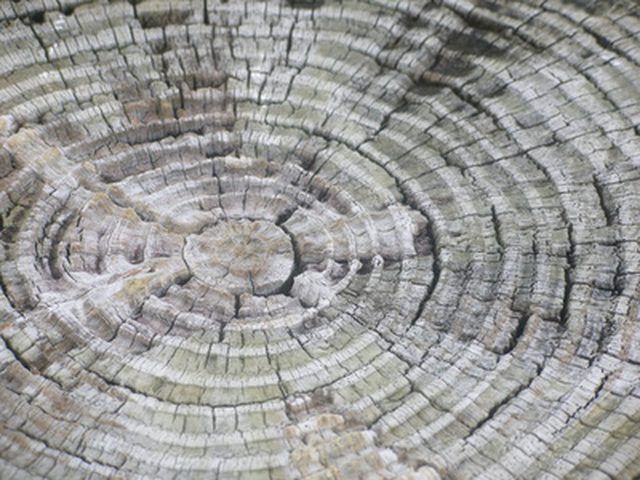Bulbs
Flower Basics
Flower Beds & Specialty Gardens
Flower Garden
Garden Furniture
Garden Gnomes
Garden Seeds
Garden Sheds
Garden Statues
Garden Tools & Supplies
Gardening Basics
Green & Organic
Groundcovers & Vines
Growing Annuals
Growing Basil
Growing Beans
Growing Berries
Growing Blueberries
Growing Cactus
Growing Corn
Growing Cotton
Growing Edibles
Growing Flowers
Growing Garlic
Growing Grapes
Growing Grass
Growing Herbs
Growing Jasmine
Growing Mint
Growing Mushrooms
Orchids
Growing Peanuts
Growing Perennials
Growing Plants
Growing Rosemary
Growing Roses
Growing Strawberries
Growing Sunflowers
Growing Thyme
Growing Tomatoes
Growing Tulips
Growing Vegetables
Herb Basics
Herb Garden
Indoor Growing
Landscaping Basics
Landscaping Patios
Landscaping Plants
Landscaping Shrubs
Landscaping Trees
Landscaping Walks & Pathways
Lawn Basics
Lawn Maintenance
Lawn Mowers
Lawn Ornaments
Lawn Planting
Lawn Tools
Outdoor Growing
Overall Landscape Planning
Pests, Weeds & Problems
Plant Basics
Rock Garden
Rose Garden
Shrubs
Soil
Specialty Gardens
Trees
Vegetable Garden
Yard Maintenance
Tree Ring Facts
Tree Ring Facts. The study of tree rings is called dendrochronology. Scientists use tree rings to study climate changes in the past, frequency and intensity of fires, glacial activity, insect infestations and volcanic events. This information lets them figure out past rainfalls, health of the ecosystem at various time periods and predict what may...

The study of tree rings is called dendrochronology. Scientists use tree rings to study climate changes in the past, frequency and intensity of fires, glacial activity, insect infestations and volcanic events. This information lets them figure out past rainfalls, health of the ecosystem at various time periods and predict what may happen in the future. Dendrochronology is also used to help date archeological finds.
Counting Tree Rings
Counting the rings on a cross-section of a tree trunk from the center pith to the outer bark will tell you how old the tree is. Each year, a tree grows a new ring. You can see where branches were located when the tree was younger by looking for v-shaped notches in the rings. Uneven rings may indicate when a tree had to bend in one direction to get the most sun.
Tools Used in Dendrochronology
Common tools used in the science of studying tree rings include microscopes and tree borers. Tree borers are tools that can drill into a tree and remove a thin cylinder of wood. By studying the stripes on these cylinders with microscopes, deondrochronologists can see how the tree rings show the history of that tree and environment.
Historical Significance
Using tree rings to date events is a very practical application. When a scientist has samples from several trees in an area, they can compare similar growth patterns. For example, oak samples taken in the United States showed no growth ring for the year 1816, which was known as the year without a summer due to cold temperatures caused by a large volcanic eruption in 1815 and low solar activity.
Variations in Tree Rings
Differences in tree rings are usually caused by the climate. In warm growing seasons, the tree grows faster, creating a thicker ring, while in cool growing seasons, the tree may not grow as much. The amount of rain or lack of it can also influence the size of the ring. Narrow rings may also be caused by crowding by neighboring trees. Fires and insects can cause scarring that leaves evidence in the tree rings.
The World's Oldest Tree
The tree that holds the record of being the oldest living tree on earth is a bristlecone pine tree in California, which is estimated to be 4,884 years old. This species is known for its longevity and may live as long as 5,000 years. By comparing overlapping cores from this species, scientists have been able to trace a history going back over 8,000 years.